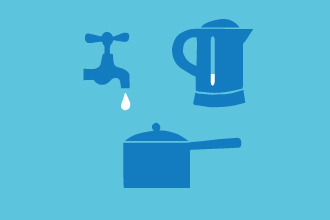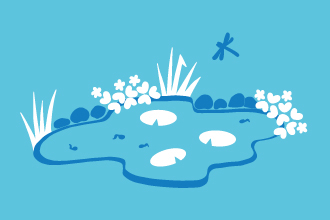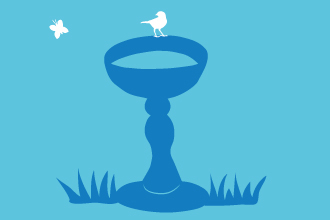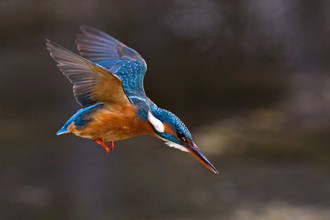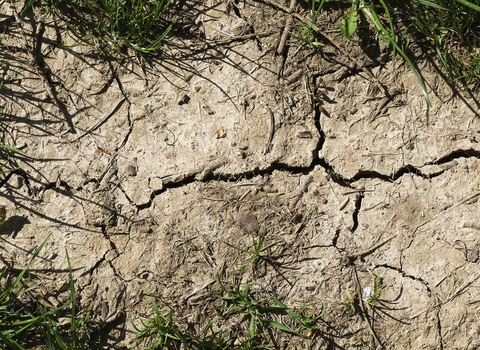
Drought
Weather patterns not only include periods of excess rain but long periods of low rainfall. Drought brings equally challenging conditions for people and wildlife.
River systems dry up
The Teme in South Shropshire in recent years was reduced to a stony, string of algal choked pools. Low water levels combined with high temperatures will lead to declines in dissolved oxygen levels and in extreme cases fish distress then death.
The loss of fish is not only the most dramatic visual evidence of an aquatic system in difficulty.
Ponds and lakes can become scummed with blanket weed, when this weed dies back the oxygen is removed from the water killing aquatic invertebrates in their millions by the toxic action of this warm soup.
Water deficit can lower the water table, root systems despite nature’s best efforts may be unable to reach this depressed water source and plants perish.
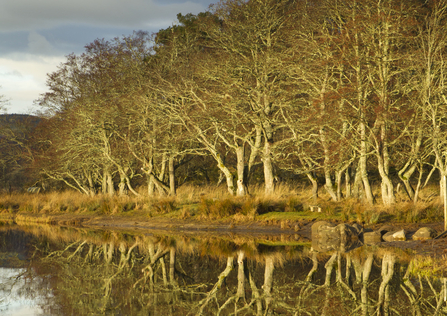
Alder alongside river (Mark Hamblin)
Plants to a varying degree can tolerate drought conditions, trees can be particularly resilient but seedlings considerably less so. Some plants have evolved to survive drought periods, waxy leaves or deep tap roots help.

Animals can gain some of their water supply by the plants they eat but for many access to water is key to survival. Livestock such as dairy cows need clean, treated water in great quantity, sheep are less thirsty but still need a source of clean water.
Semi-aquatic mammals use water to hunt, hide and move, dried out ponds and river beds are unwelcome challenges in the race of life.
We rely on our drinking water supply from rivers
Ground water wells are critical to maintaining this life sustaining water supply. It is a challenging task to balance demand against the natural supply.
Over-abstraction will lead to the same catastrophic effects as described above. Pumping direct from a river requires a licence.
Direct rain water harvesting systems, the creation of new reservoirs, being water efficient and taking time to understand your water budget can help build resilience into this precarious world of water supply.
At home we can be water wise
If you have a garden then a rain water butt can be the beginnings of a rain water harvesting set up.
A pond or regularly topped up bird bath has sustain our feather visitors.
Reducing water use in the home, put a hippo brick in the water cistern or install a low flush device. Checking pipework to avoid wasteful leaks and replacing the washer in a dripping tap promptly can help too.

